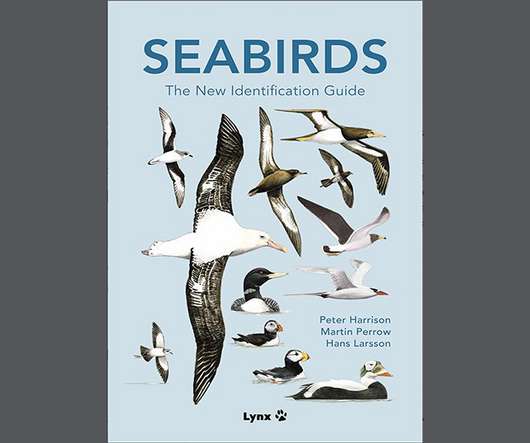Why Is the Federal Government Awarding Contracts to a Company That Was Involved in Smuggling Primates?
Critter News
SEPTEMBER 14, 2009
Biggest contracts: $232,500 with Army for Live Animals, Not Raised for Food. 49,620 with Centers for Disease Control and Prevention for Live Animals, Not Raised for Food. 42,000 with National Institutes of Health for Live Animals, Not Raised for Food. Signed on 2004-04-15. Completion date: 2004-05-05.




















Let's personalize your content